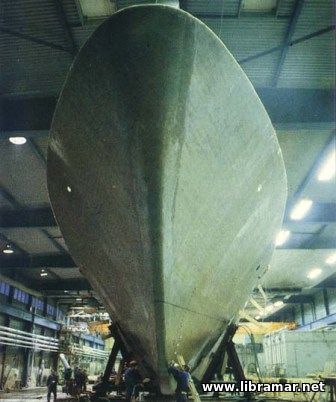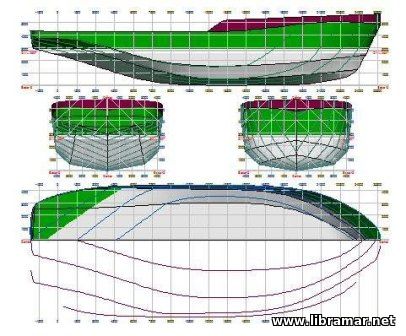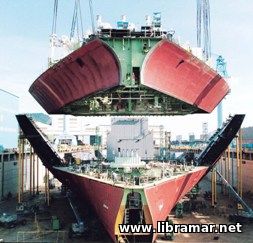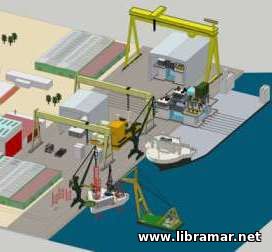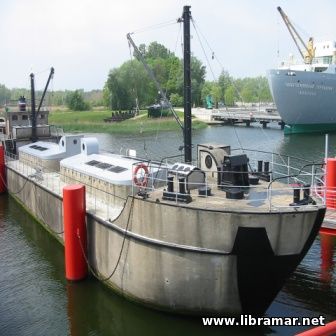
Let us talk a bit more about the application of non-ferrous materials in ship construction. The previous article covered the use of the GRP while in this one we will deal with concrete. Concrete consists of a mixture of stone aggregate bonded by a hardened cement, and Portland cement is normally used for marine applications. The aggregate consists of sand, gravel, and crushed stone. Specific gravity of concrete normally varies between 2.2 and 2.5, primarily depending upon the sizes and density in the stone mixture. Lighter weight concrete with specific gravities in the 1.6 to 2.0 range are made by using clay and shale aggregate. The ratio of water to cement is one of the most significant factors in determining concrete quality and properties.
Ordinary structural concrete with a water/cement/ratio approximating 0.40 by weight is usual for marine work. The long term durability of concrete in sea water has been well established on the basis of service experience and testing of samples from structures that have been submerged. However, in certain situations when concrete is ex¬posed to sulfate in soils or fresh water, it may react with the sulfate, and degrade. Sea water, however, minimizes or prevents such deterioration. Where sulfate deterioration is of concern, special sulfate resistant concretes are used.
Ferrocement
Ferrocement is a form of reinforced concrete wherein layers of steel mesh are used as the reinforcing medium. The material has been used for making small boats up to 50m with skin thickness of 10 mm to 40 mm. The low cost and availability of the mesh and concrete ingredients make ferrocement particularly attractive where sophisticated industrial facilities are not available. Its most extensive commercial use has been for fishing vessels up to 50 m in length.
